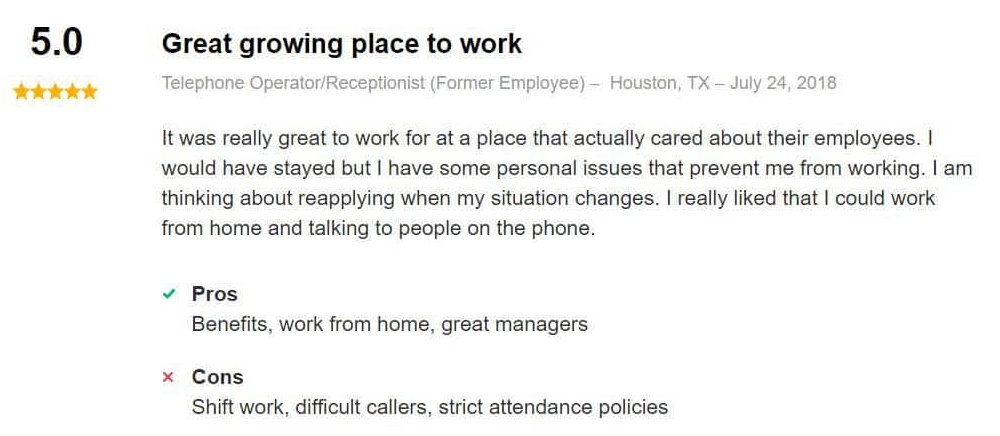The world of social media has become an ever present in our lives that it is now not just a place to share pictures of your dog or cat, however cute they may be! It's increasingly being used by recruiters to help connect with potential candidates and ultimately aid in the recruitment process.
It is also a great way to connect with passive candidates who are not actively seeking a new role. In fact, a 2021 study by CareerArc found that 92% of employers use social media networks to find new talent.
This highlights how crucial it is when it comes to recruiting on social media and ultimately shaping your brand on sites such as LinkedIn, Facebook and Instagram etc.
So what social media recruitment strategies do you need to be aware of? Let's take a look.
 Employer Branding & EVPs
Employer Branding & EVPs
One key aspect that is a good place to begin is to ask yourself, "How do we, as an organisation, want to be perceived?"
Think about the values of your organisation and what kind of candidates you want to attract. Social media allows you to express thoughts and ideas on a platform that other people can relate to and engage with.
This allows you to convey what working for your organisation involves and ensures you hire the correct people for the correct roles. This is all the more prevalent with the next generation of workers increasingly looking for an emotional connection with their employer and making sure they have mutual values. Glassdoor’s Mission & Culture survey found that 73% of adults surveyed would not apply to a company whose values did not align with their own.

Companies will often have completely separate social media accounts that focus on this aspect specifically. It also makes it easier to be consistent across your various social media channels.
Use employee advocacy
Linked very closely to the previous strategy, this can promote and highlight your own wonderful employees and their personal experiences from working for your organisation. Potential candidates will always be more attracted to a personal element when it comes to judging a potential employer. First-hand accounts of what it’s like to work for your company helps give the candidate a clearer picture and makes it feel a lot less corporate and uniform.
Sharing these first-hand accounts on social media allows you to 'show off' how great working for your company can be and you can also directly tag said employee as part of the post.
Videos are more important than ever
The medium of content of what you post can be just as important as the content itself. Posting a big wall of text is not going to catch your audience’s eye and encourage them to engage and take notice of. This is where videos can be an exciting method in conveying a message and is often easier than trying to convey the same message with text alone.
One of our Jobtrain clients - Chester Zoo - makes some fantastic videos and uses them to promote their company culture!
Linked to employee advocacy, a day in the life video is a perfect way to give a genuine insight into an employee’s day to day in the business.
Videos can also be in the form of an animated infographic; this is much more eye catching than a stat written out in a text post and could encourage your audience to share a thought-provoking stat for example.
Choose the correct social channel
LinkedIn is the go-to when it comes to social media in a professional setting and one that will need activity and involvement with followers in the countless online communities that thrive on the platform. According to LinkedIn, roughly 40 million people look for jobs using LinkedIn every week. LinkedIn allows you to be part of groups where the audience are specifically skilled in areas you may be looking to hire for.
This doesn’t mean you should just join and start posting job adverts straight away to the group. It’s important to become part of these communities and not come across as just looking for candidates. This way you will attract more genuine candidates who are engaged with their field.
However, make sure to explore other social media platforms such as Facebook and Instagram. If you are looking to hire in the creative industry, Instagram is likely a better source for candidates and your brand/approach will need to change accordingly.
An important aspect to remind yourself with social media is that it is constantly changing according to trends and world news, so it is pivotal that you as a recruiter keep up to date with this fast-moving landscape.

Engage with your audience
It’s all well and good pumping out post after post of interesting topics and facts about your industry etc. But if you fail to interact and engage with your audience (and potential candidates) then you are missing the community aspect of social media.
Asking your followers thought-provoking questions and opinions on certain topics is a brilliant way to show that there’s a human side to your company’s social media account.
Even if you’re not out looking to hire, you will be able to connect with people who hold similar views and knowledge who can be contacted directly if a future role arose that would suit them perfectly.
Consider advanced tools
Posting content isn’t the only way of using social media to its greatest capacity. LinkedIn Advanced People Search allows you to search for candidates with a lot more specificity. You can search by skills and qualifications which is a quick way of identifying candidates that have what you require.
TikTok resumes are also a relatively new method and allow candidates to record a quick video advertising themselves to potential employers.
Hopefully these 6 strategies can enhance your approach to recruiting on social media and really make you stand out as the desirable employer that people want to work for.
